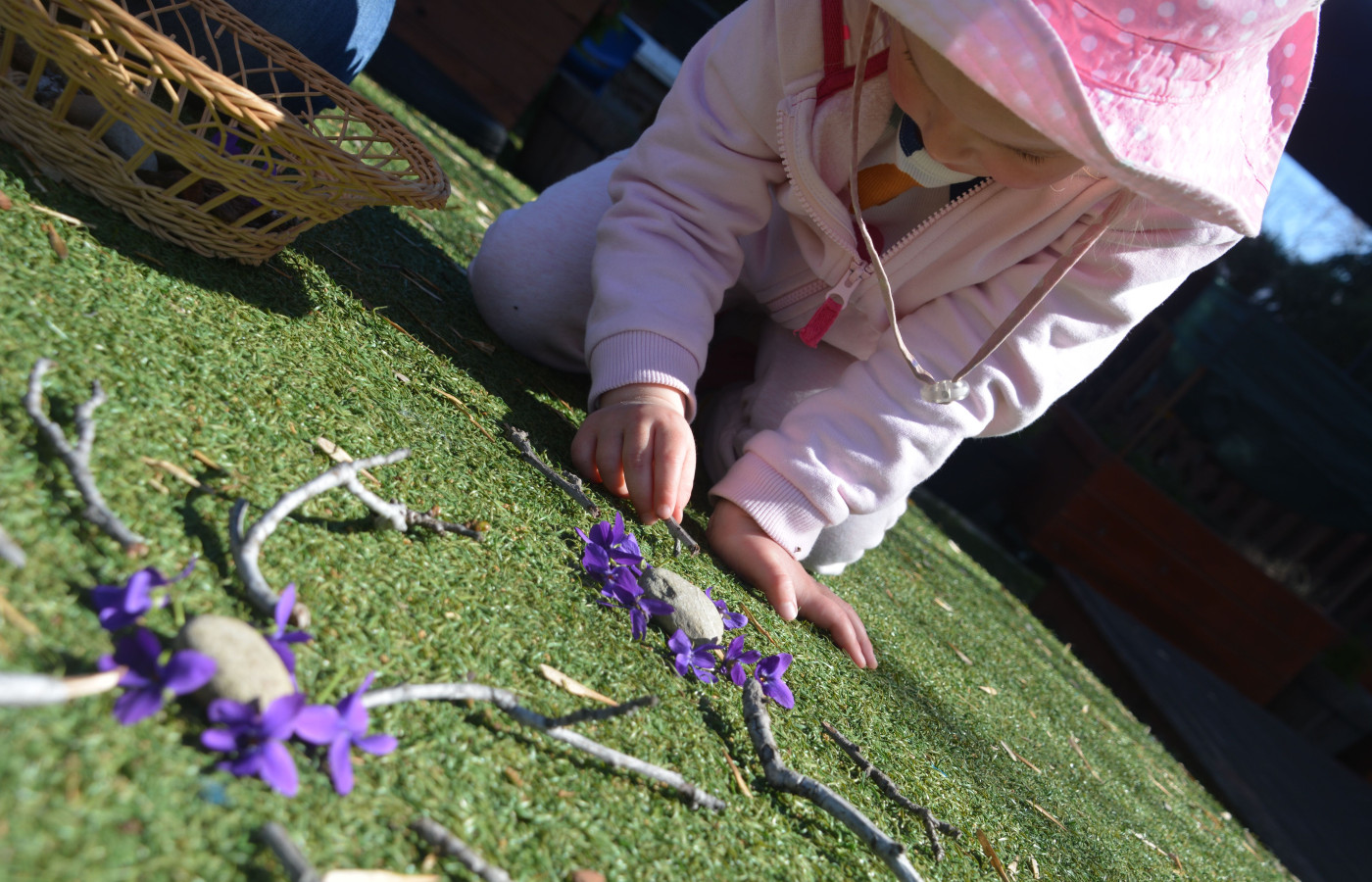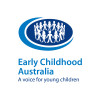Ephemeral art

Ephemeral art
Creating art with found objects
Materials Required
- Collection of found natural objects (fallen leaves, sticks, stones, sand)
- Tray/tabletop to create backdrop for art
- Container to hold collection
If natural items are not available, store bought items can be used as a substitute (e.g. toothpicks, bottle tops, buttons), Can use a large piece of blank paper as a backdrop, Empty photo frame (frame only, no backing or glass), Camera
Play experience profile
-
Age:
-
Min Playtime15 - 30 Minutes
-
Skills
-
Energy LevelQuiet Play
-
Messiness Rating
-
EYLF Outcomes
Play Experience Preparation
Source a containerExperience Steps
- Take the container outside and collect objects together. Collect items that have naturally fallen (leaves, sticks) rather than picking leaves or flowers from trees.
- Using the found objects, arrange them on the table/paper to create artwork (or inside frame), do not glue or stick the items down.
- Admire the creation. You might like to take a photo of the creation.
- Return items to where they were found.

What to talk about, or questions to ask during the experience
- Talk about care for the environment (borrow the items and return them rather than stick/glue/break)
- Look at pictures of ephemeral art and ask your child what they might think if they stumble across someone else's creation outside
- Count, sort, categorise, sort items
Build on this...
- Create a design together, out outside and leave it for someone else to find.
WHO guidelines for physical activity and sedentary behaviour
Provide evidence-based public health recommendations for children, adolescents and adults on physical activity.
Learn more
Provide evidence-based public health recommendations for children, adolescents and adults on physical activity. Learn more
The activity incorporates physical activity during the process of collecting and returning natural objects.
EYLF Outcomes
The Early Years Learning Framework has been designed for use by early childhood educators working in partnership with families, children’s first and most influential educators.
View PDF
The Early Years Learning Framework has been designed for use by early childhood educators working in partnership with families, children’s first and most influential educators. View PDF
- Children become socially responsible and show respect for the environment
- Children develop dispositions for learning such as curiosity, cooperation, confidence, creativity, commitment, enthusiasm, persistence, imagination and reflexivity
- Children express ideas and make meaning using a range of media
EYLF Principle
Principle 1: Secure, respectful and reciprocal relationships. Through a widening network of secure relationships, children develop confidence and feel respected and valued.
EYLF Practice
Practice: Holistic approaches. They recognise the connections between children, families and communities and the importance of reciprocal relationships and partnerships for learning. They see learning as a social activity and value collaborative learning and community participation. An integrated, holistic approach to teaching and learning also focuses on connections to the natural world.
https://www.tate.org.uk/art/art-terms/e/ephemeral-art
https://lighthouse.mq.edu.au/article/please-explain/what-is-ephemeral-art
Author:


